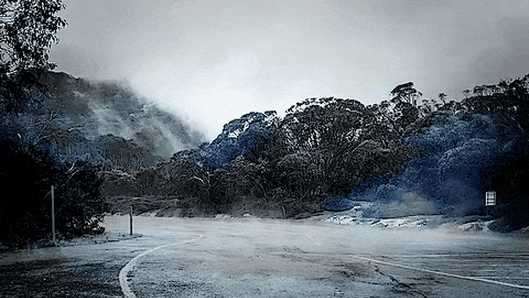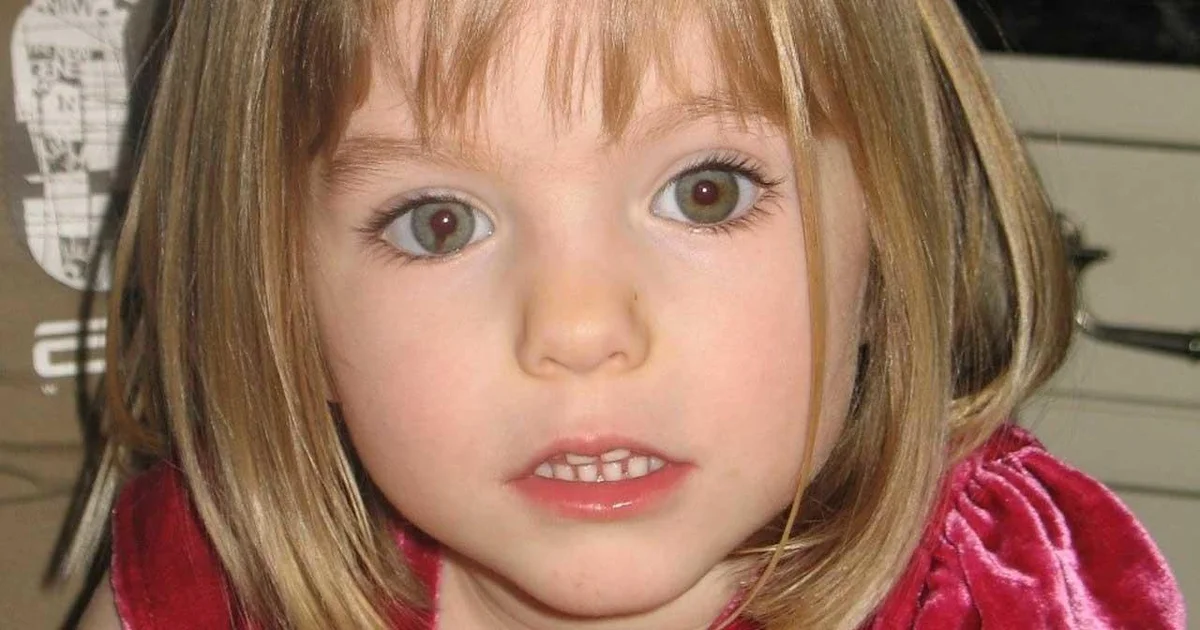By Tony Wright
Copyright brisbanetimes

And the mountain retreated to its unconcerned slumber, the manhunt below a mere blip in its sprawling history.
Geologists will tell you Mount Buffalo was formed hundreds of millions of years ago as a single giant bubble of molten rock deep within the Earth, its bulk gradually forced to the surface, there to be weathered by rain, wind and snow until today, where smooth rounded granite tors are scattered like marvellous artworks across its plateau.
Though the mountain is closed, those of us bewitched by the place need only delve into memory to revisit its gifts.
As you begin the long climb to its alpine meadows and snowgum forests, you are treated to the sight of waterfalls cascading down naked 300-metre cliffs, from which hang-gliders regularly soar.
A few minutes into the climb by twisting road, you might stop and wander a bit and find a chilled, natural swimming pool fed by one of those streams.
Here is Ladies Bath Falls, where modest women in the early years of last century broke their slow journey, posted sentries to ensure privacy and bathed away the dust of their trip in the clear waters.
This, however, is not entirely why we might call Mount Buffalo the Healing Mountain.
The healing and the blessings it has proffered go deeper than a swimming pool.
In the years following World War II, many survivors of the Holocaust from central and eastern Europe who had migrated to Australia came to the mountain.
These remnants of Jewish families destroyed in death camps discovered they could take a train from Melbourne or Sydney or even Adelaide and travel into the clouds, where perhaps lay the promise of brief sanctuary from the psychic agony that pursued them.
Among hundreds of other Australians who entered ballots to gain the privilege of a holiday on the mountain, they took rooms in the elegant old Mount Buffalo Chalet, operated by the Victorian Railways Refreshment Service, gathering in groups and in solitary quiet through the summers and winters of the 1950s.
They played bridge, waltzed in the ballroom, strolled the terraced European gardens, donned ice skates for a turn around nearby Lake Catani when it froze solid or rowed boats when the thaw came.
The chalet, haunting as a film set from The Shining, stood empty for 17 years until this year, when it reopened for school groups to experience adventure on the mountain, just in time for the hunt for a fugitive to close it again.
But the Sacred Mountain of the Druids?
We need to go back much further, when what we call Mount Buffalo was called Dordordonga or Tubbalunganer, depending on the source.
The mountain was the country of a mysterious Aboriginal people known as the Mogullumbidj, also called by some early recorders the Minjambuttu.
Each summer, the Mogullumbidj were said to enable access to the mountain by related Aboriginal peoples, particularly the Taungurung Dhudhuroa, who came to feast on the abundance of bogong moths hanging in suspended animation in rock crevices, which they pounded into paste and roasted into cakes of pure protein.
According to historian Jacqui Durrant, who has written of the Mogullumbidj in her paper, Mogullumbidj: First People of Mount Buffalo, in the Victorian Historical Journal (June 2020), these were a distinctive people who lived to create sacred songs and dances.
Durrant relates that the early assistant protector and guardian of Aboriginal people, William Thomas, was told in 1843 “in quite unambiguous terms that there was, in the alps, a group of Aboriginal people … who lived in stone houses of their own making and never went out to seek their own food.
“Instead, they ate herbs and relied on what others brought them, focusing solely on creating new sacred songs and dances.”
These holy people of the mountains, thus, became known to the early Europeans as “druids”.
Could their diet of “herbs” have inspired them in similar ways to shamans of other cultures? Durrant mentions that Mount Buffalo is the sole location of Buffalo sallow wattle (Acacia phlebophylla), which is reputedly a natural source of the psychedelic drug dimethyltryptamine (DMT).
Here, then, is the intriguing prospect of an ancient people weaving spells and magic into the mountain’s dreaming clouds, inspired by hallucinogenic “herbs” in rituals similar to those of shamans of other cultures.
The sacred Mountain of Druids?
Here, surely, is another secret of Mount Buffalo that may never be fully revealed.
Start the day with a summary of the day’s most important and interesting stories, analysis and insights. Sign up for our Morning Edition newsletter.



